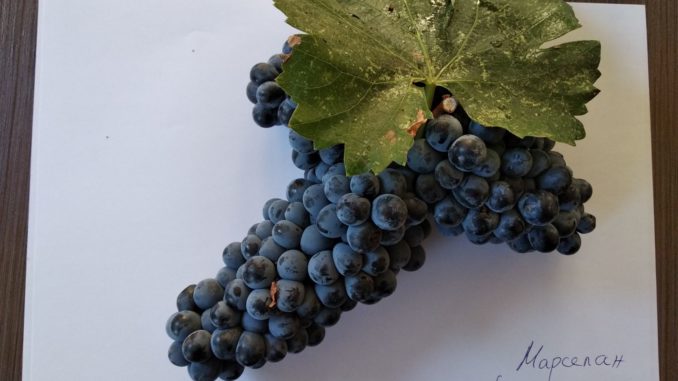
Emy Marinova is the Shanghai-based co-owner and the export director of Bulgarian winery Burgozone. Marinova is also a wine writer, judge and consultant.
In this Q&8, she talks about how her family’s winery was key to bringing the Marselan grape to Bulgaria, how customers in China react to her wine, trends in Shanghai’s wine scene, must-try Bulgarian foods and more.
Check out all the details below. And the entire Q&8 series here.

1 Would you tell us a bit about your family’s winery, Burgozone? How long has it been operating? How did it get started?
Burgozone is a boutique family winery on the banks of the Danube river in northern Bulgaria. The region has long been famous for winemaking as seen by wine-related vessels dating to 4th Century BC, notably the Rogozon Treasure.
The winery is named after the ancient Roman fortress Burgozone that protected the Roman Empire from northern invasions.
After Bulgaria’s transition [to capitalism] in the 1990s, the main cooperative in the region stopped and our family decided to restore what was supposed to be one of the best vineyards on the hills of the Danube. We did extensive soil analysis to select the best grape varieties for our terroir, which was highly influenced by the river and the loess soil.
Our family pioneered a new style different from the established big-bodied Cabernet Sauvignon one in Bulgaria. Instead, we wanted to produce a far more elegant wine style characterized by the “3Fs” – fresh, fruity and fine.
We planted white wine grapes like Chardonnay and Viognier as well as light-bodied red wine grapes like Pinot Noir, Cabernet Franc and Marselan, the latter for its acidity and fruitiness.
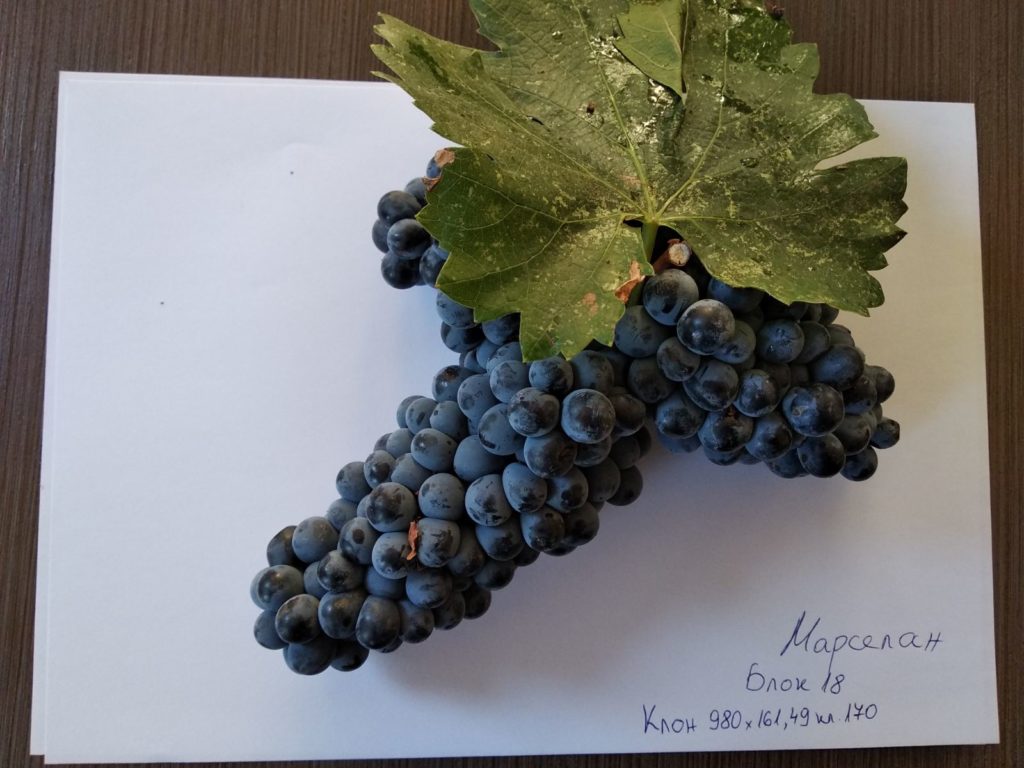
2 Burgozone was actually key to getting Marselan introduced and accepted in Bulgaria. What was that process?
When discussing grape varieties for our vineyards at the start of this century, our French nurseryman offered us two “incredible” grapes developed by close friends — Marselan from Paul Truel and Egiodola from Marcel Durqety. He had no hesitation about Marselan. From a winegrowing perspective, it was easy to grow, resistant to cold and would find perfect conditions on our loess soil near the Danube.
We planted Marselan in 2007 but underestimated the challenges of being the first to grow the grape in northern Bulgaria as it was not yet registered and completely unknown to the general public. To qualify for a Protected Geographic Indication for Danube Plain wine, we had to have Marselan approved by the Regional Vine Chamber and the Bulgarian authorities.
For five years, we submitted wine made solely from Marselan to a tasting commission to prove the grape’s qualities. In 2017, we finally obtained recognition that Marselan is officially allowed as a PGI Danube Plain wine. Burgozone became the first “ambassador” for the Marselan grape in Northern Bulgaria.
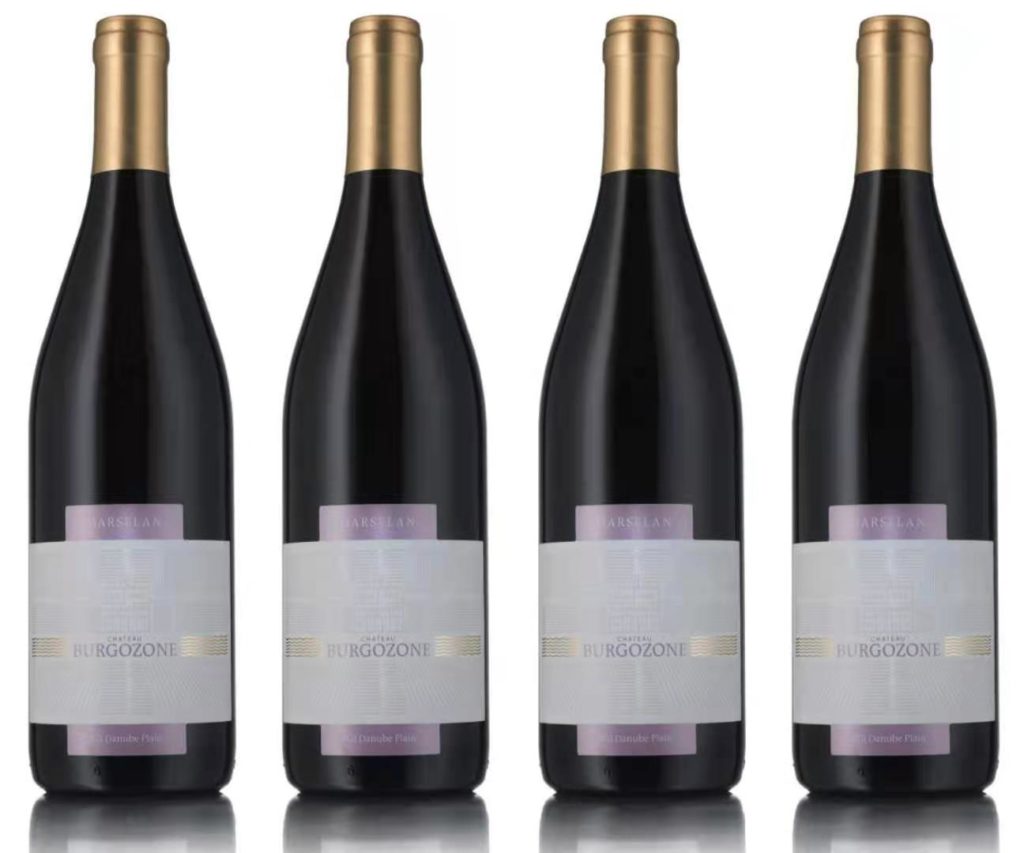
3 Why did Burgozone pursue Marselan even after realizing it would be such a long road? What makes this grape so special?
Although the grape was completely unknown, the wines made from Marselan were very promising. As we had to produce single-variety Marselan for many years in order to obtain PGI recognition, we had the opportunity to see the full potential of the grape and how it reflected the specificities of our terroir. We even planted more Marselan recently because it is really a special grape.
From a winegrowing point of view, Marselan is easy to grow and gives good yields in loess soil. It’s a late-maturing grape and is very resistant to cold. From a winemaking point of view, Marselan keeps its freshness (acidity) even if alcohol levels are higher. It also has a very rich color and phenolic content that allows it to be a great blending partner and also to age well.
Finally, from a marketing point of view, when we started proposing it to final customers in Belgium, the U.S. and Bulgaria, we were positively surprised that Millennials and Gen Z liked the wine. Some qualified it as “Coca-Cola wine” because of its deep ruby color, sour-cherry flavor, and its fruity and fresh taste.
In terms of food and wine pairing, we initiated numerous discussions with renowned sommeliers and Michelin-star restaurants that concluded Marselan can be served slightly chilled without losing its characteristics. That made it very interesting for food and wine pairings, from a casual BBQ to more gourmet combinations.
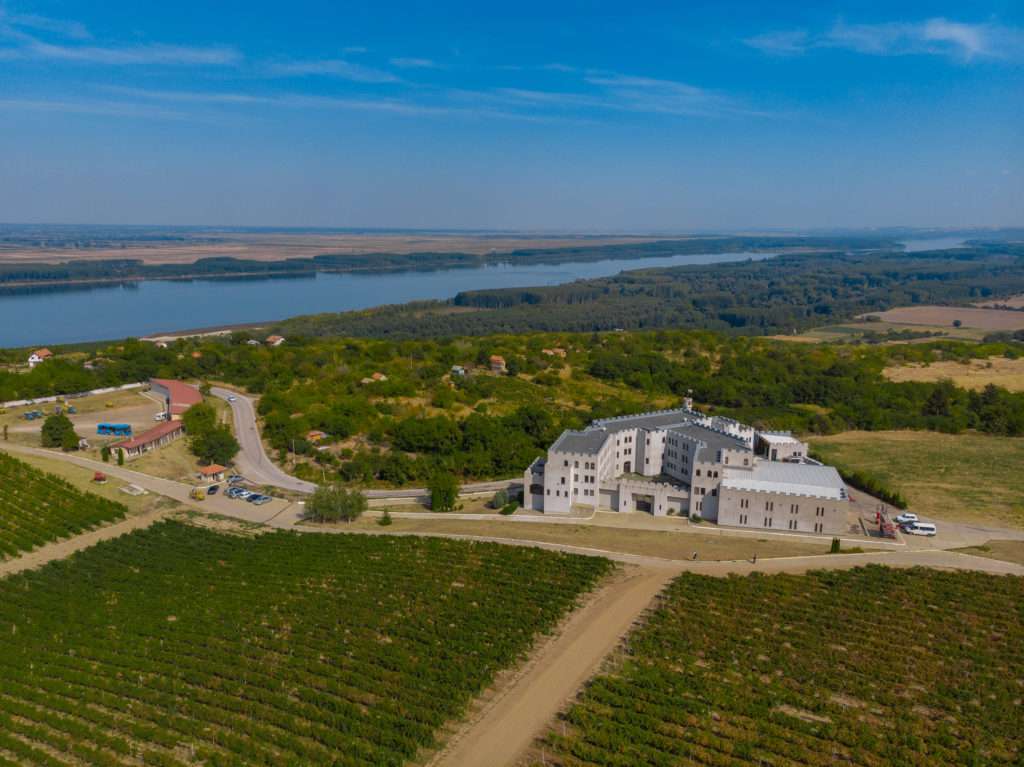
4 You’ve also tasted a lot of Marselan made here in China, where it is becoming an increasingly popular grape. What is your opinion of the wines here?
When I first moved to China in 2014, I was very surprised to see that Marselan was known. Over the years, the grape has become increasingly famous and today it’s a real star.
In the last few years, there is a clear change in the style of Marselan, from the bigger oaky wines to more elegant versions. I personally really like the fruity character of Marselan and consider that too much oak hides its most attractive features.
We see that Marselan is a terroir ambassador wine. Since China and Bulgaria — together with the USA, Germany and Austria — are the only wine regions around the world with loess soil, there are similarities between our Marselans made on such soils. Loess Marselan is characterized by its elegance, freshness, purity and fruitiness.
Marselan is usually blended for its color, fruit and freshness. It is true that Marselan is relatively one-dimensional and alone might lack complexity. It therefore depends on the style you aim for, and in most cases single-variety Marselan will result in more thirst-quenching wines, whereas blending Marselan adds complexity. That’s why at Burgozone we blend it for our Collection wines.
For me, the only way to see the regional differences is to try 100 percent Marselans and so far the best I have tried are from Ningxia where they are very much experimenting with the grape. This said, the wine sector in China is so dynamic that I am probably already behind the latest trends.
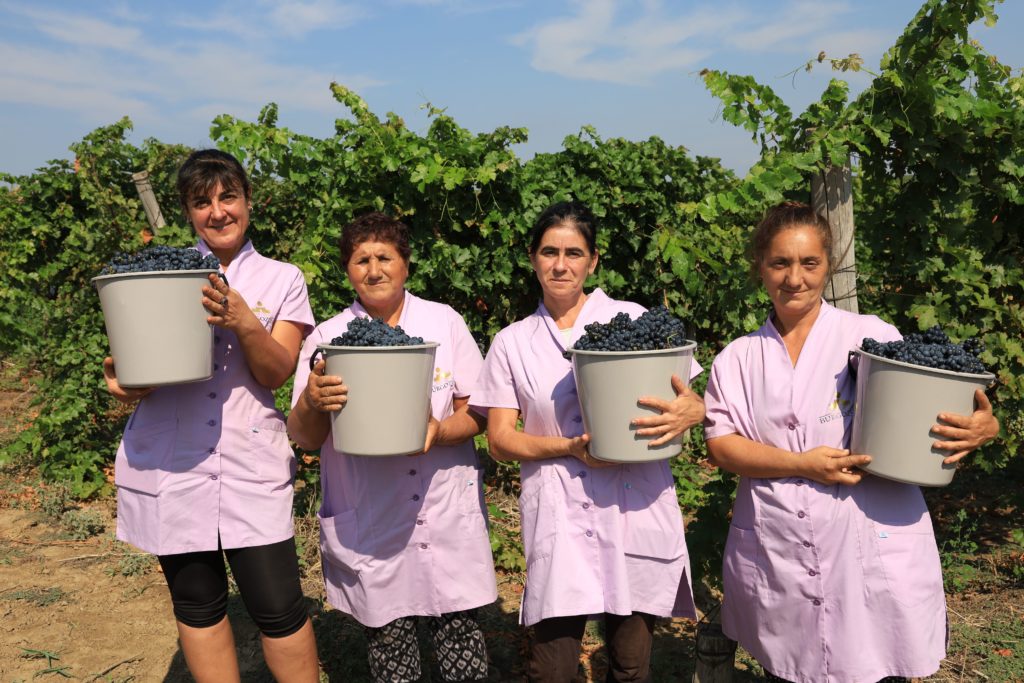
5 How do Chinese consumers respond to your family’s wines and Bulgarian wines in general?
Chinese wine customers do not know much about Bulgaria as it is not one of the mainstream producers. Wine connoisseurs are curious to learn about new wines and show more interest but it is not always easy to go around the gatekeepers and convince importers to take something new on board.
Our wines are very representative of the Danubian loess terroir and have excellent price-quality ratio. We produce boutique wines from hand-collected grapes with a clear “3F” style – fresh, fruity and fine — but most importantly we make wines that we enjoy drinking ourselves.
We export our wines to more than 20 countries around the world and are happy to be one of the most successful Bulgarian wineries in China. We are pleased to see that our wines are appreciated by Chinese customers and look forward to continue introducing them to more people.
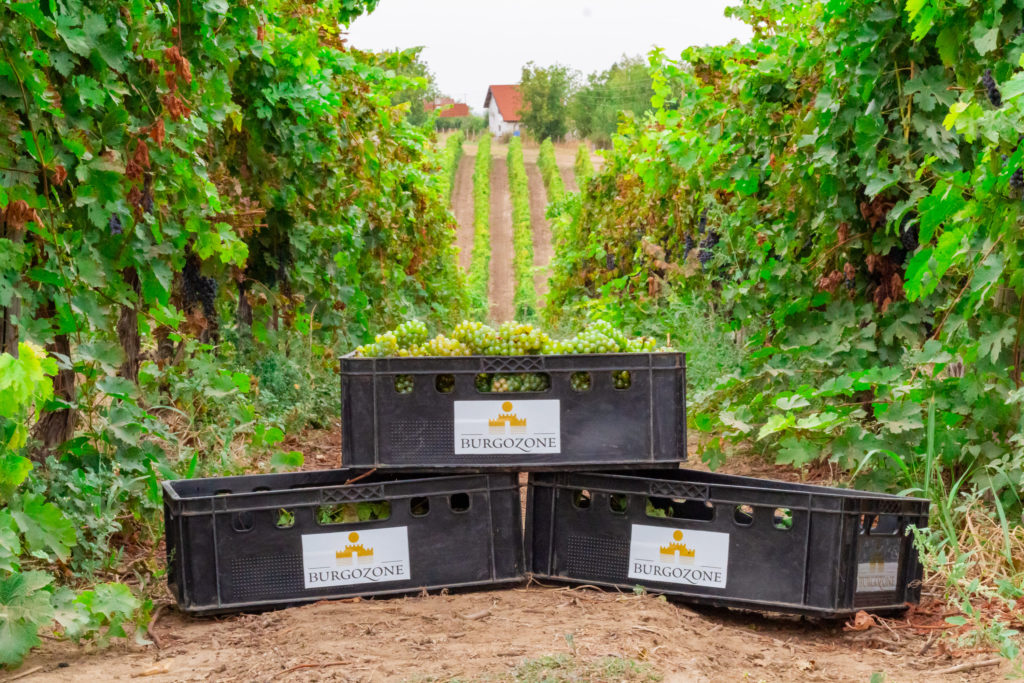
6 Shanghai is generally seen as the leading wine city in continental China. What do you expect to trend in 2022?
Shanghai is the city of innovation in terms of wines in China. All the new trends start from here. I am thus happy to live here and see trends away from expensive big brands and see more people actually enjoying drinking wines.
We see more natural wines and niche wines from countries such as Slovenia, Brazil, Hungary, Greece and Bulgaria. The wine world is so vast that it’s a pity to limit oneself as there are many things to discover.
I am also very sad when I go to nice restaurants and do not see Chinese wines on the menu as we have such amazing options here now.
For 2022, I hope that more elegant and fresh wines will keep coming onto the Chinese market and that soon there will be more white and rose wines, which are particularly well-adapted to Shanghai’s climate and food. In this direction I hope that slightly chilled Marselan will join the path alongside Pinot Noir and Cabernet Franc for interesting and successful food and wine pairing.
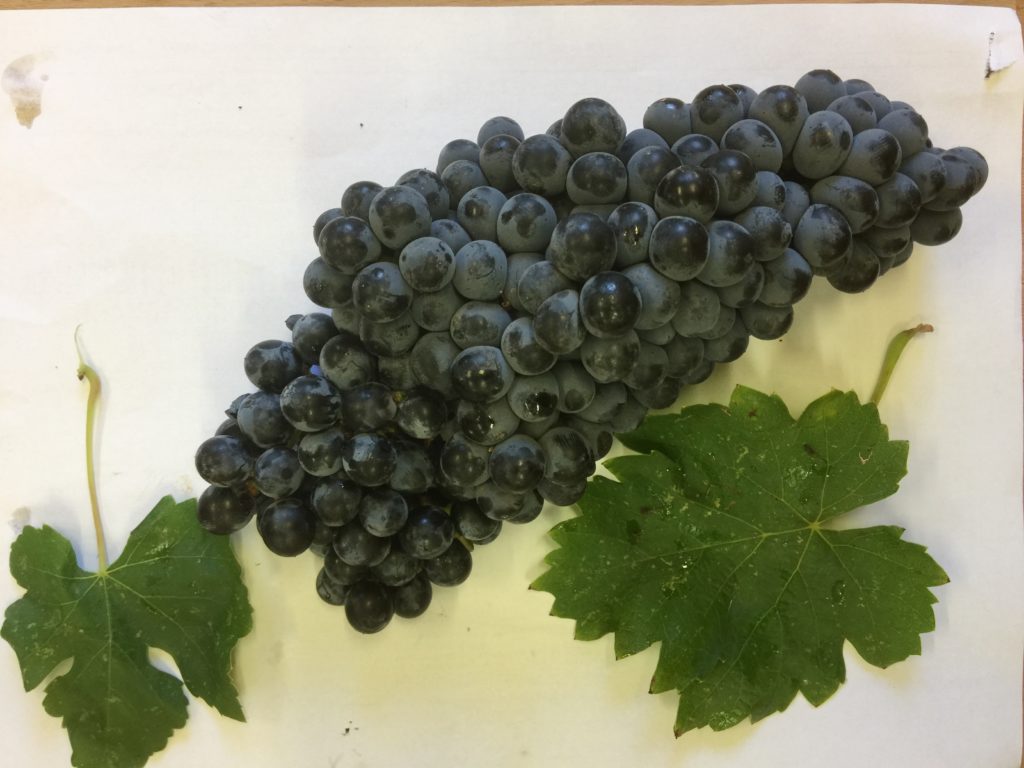
7 If I’m visiting Shanghai, and have time to visit some wine bars, which ones would you suggest?
There are many wine bars in Shanghai, from classic to those with off the radar wines. Some places include Blaz, Pudao Wines, Living Wines, Cellar to Table, Wineapp, Crush, SoiF and La Chance. Unfortunately, even in these places, the choice of Chinese wines and non-mainstream wines is quite limited.
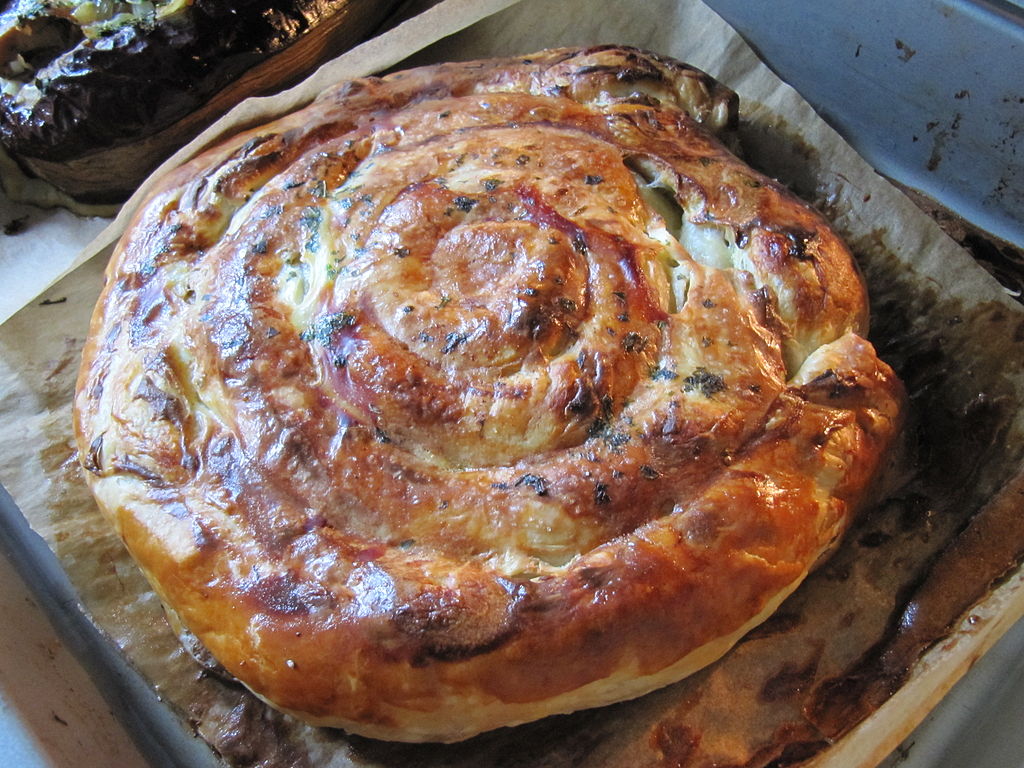
8 Finally, let’s switch from wine to food, and especially from your homeland: what are some Bulgarian foods everyone should try?
Bulgaria is very famous for its yoghurt and roses. Here are four dishes to try from Bulgaria.
Banitsa, a traditional cheese pie. It consists of a mixture of eggs, yoghurt and brined cheese laid between filo and then baked in the oven. Bulgarians eat it all day long.
Kebapche, made of minced meat seasoned with spices like cumin. It is shaped like a sausage and then grilled. It is sold everywhere and is a must for any BBQ.
Sarmi, which is vine or cabbage leaves stuffed with rice and meat. The vine version is for the summer, whereas during the winter we use the cabbage.
Finally, Bulgarian lamb is highly appreciated, whether in soup or baked in the oven. When in Shanghai, try them at the only Bulgarian restaurant in China – Vanca’s.
[Learn more about Burgozone at the winery’s official website. You can also find Burgozone wines around China, including via CHEERS. And you can read more Q&8s here.]
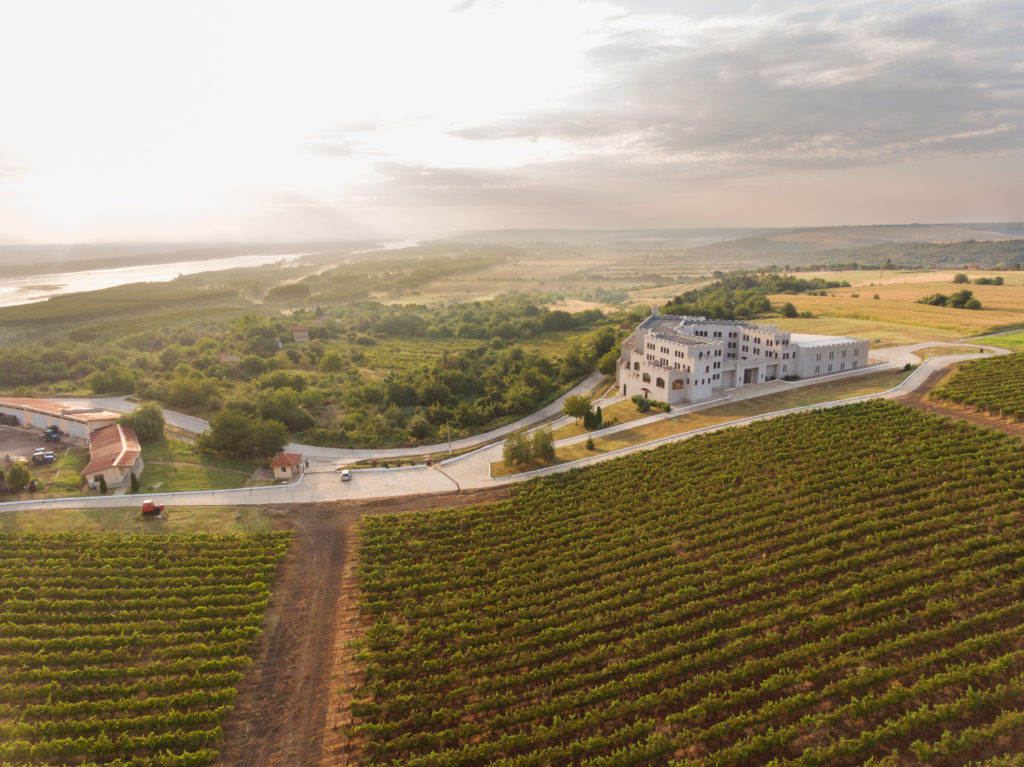
Grape Wall has no sponsors of advertisers: if you find the content and projects like World Marselan Day worthwhile, please help cover the costs via PayPal, WeChat or Alipay.
Sign up for the free Grape Wall newsletter here. Follow Grape Wall on LinkedIn, Instagram, Facebook and Twitter. And contact Grape Wall via grapewallofchina (at) gmail.com.

Leave a Reply
You must be logged in to post a comment.